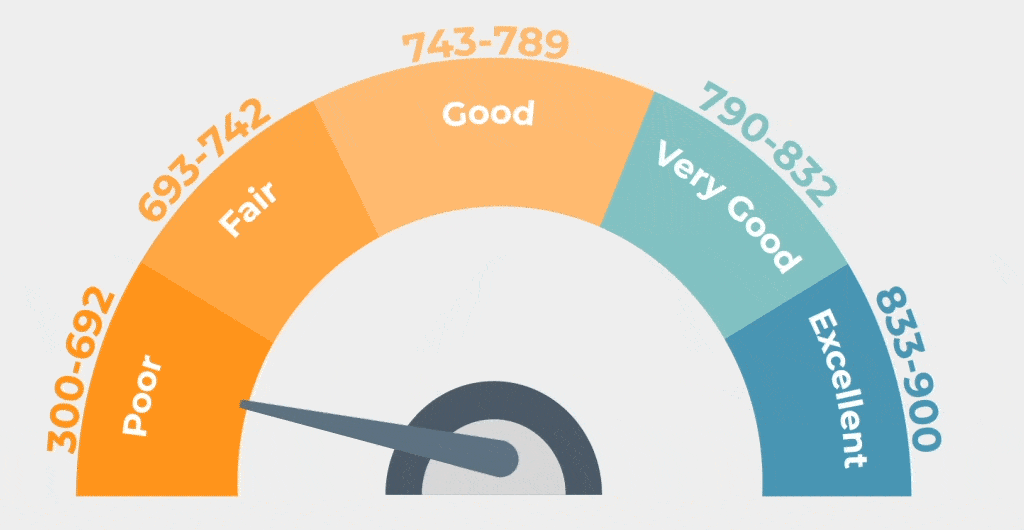
7 Ways To Improve Your Access To Working Capital
Content
Freeing up working capital in 2024 can be a challenge. On one hand, inflation and supply chain disruptions are upending predictable sales patterns – on the other, banks are tightening lending restrictions.
As a result, business leaders are getting caught in the middle and feeling the cash crunch. That’s why it’s critical to know how to access working capital when you need it, whether the need is immediate, to support growth, or you’re developing a contingency plan for unexpected events.
Here are seven ways small and medium-sized businesses can find efficiencies and improve their access to working capital.
1. Shorten your operating cycle
Your company’s operating cycle is the time it takes to receive inventory, sell products or services, and collect cash from the sale. A shorter operating cycle reduces the time to convert the capital tied up in inventory into cash in hand.
Here are five steps to shorten your operating cycle to help accelerate your payment timelines:
- Step 1: Assess your current operating cycle: Identify the critical steps in your operating cycle and measure the time it takes for each step. This will help you identify bottlenecks and inefficiencies in your process.
- Step 2: Streamline your purchasing process: Negotiate favorable payment terms with key suppliers to delay cash outflows. Implement a purchase order system to control costs.
- Step 3: Optimize your inventory management: Analyze inventory levels and identify slow-moving or obsolete inventory. Reduce inventory levels and implement a just-in-time inventory system.
- Step 4: Improve your accounts receivable process: Implement a clear invoicing and payment policy and follow up with customers who are late in paying their invoices.
- Step 5: Monitor your progress: Regularly measure and analyze your operating cycle to determine if your efforts to improve it are working.
2. Conduct thorough credit checks on customers
Before taking on a new customer, it is important to research their creditworthiness. This will help reduce bad debt and improve your access to capital by indicating if a new customer is likely to default on payments or pay on time. Unfortunately, finding credit ratings on private clients can be challenging.
Here are five places to look for credit history.
- Credit reporting agencies like Equifax provide credit-related information on companies in multiple industries.
- Trade references A customer’s bank or suppliers may be able to provide some credit-related information, such as their average days to pay, how many times they’ve paid late, and if there are any payment defaults.
- Chambers of commerce or local business organizations can vouch for the customer’s reputation in the industry and provide ‘soft knowledge’ about your customers’ values and business dealings.
- Lending partners with a stake in your collections process, such as factoring firms, will conduct credit checks on your customers before accepting new factoring agreements.
3. Collect outstanding invoices on time
Closely monitor aging accounts receivable to maintain your access to working capital. Send out reminders during the collection period and inquire immediately if payments are delayed. Experienced accounts receivable professionals can prompt customers to pay quickly while maintaining good relations with your company’s customers.
- Electronic invoicing systems eliminate paper-based delays and enable faster invoice generation, delivery, and processing.
- Online payment channels such as credit card payments, online payment gateways (e.g., PayPal, Stripe), or mobile payment apps (e.g., Venmo) can accelerate invoice settlement, reduce friction, and encourage prompt payments.
- Automated systems or software that sends payment reminders to customers before and after the due date encourages timely payment.
- Incentives such as early payment discounts or rewards can motivate quick payment too.
4. Leverage your accounts payable
To reduce the cash flow impacts of paying your bills, you should consider negotiating with suppliers for extended payment terms of your accounts payable.
- Using wire transfers to complete your payments on the last day they are due is an effective way to extend your current cash flow.
- Take advantage of vendor discounts and renegotiate payment terms once you become a loyal customer to reduce the size of the payables going out.
5. Leverage your accounts receivable
Invoice Factoring is an innovative way for a business to expedite the payment of accounts receivables and provide fast access to working capital. Simply put, you can sell your account receivable invoices at a small 
Here are a few key benefits of invoice factoring:
- Quick and easy access to working capital for your business
- Faster and easier approval than traditional loans
- Easy account management
- No hidden fees
- Full transparency and control of your funds
- Flexible credit limits that keep pace with your company’s growth
6. Improve Inventory Management
Improving how your business handles stock enhances efficiencies and frees up additional working capital. Here are five inventory management methods businesses can put into practice to help improve your access to additional working capital:
- Demand Forecasting: Use last year’s sales data to predict future product demand. This will help you avoid the expense of overstocking and the often-costly consequences of understocking items. With the recent advances in technology, many advanced demand forecasting methods now use machine learning and AI to better predict demand.
- Just-in-Time (JIT) Inventory: Order and receive inventory only when it’s needed for sales, reducing the amount of money tied up in inventory. Implementing this can be challenging, requiring reliable suppliers and accurate demand forecasting, but it can significantly improve access to working capital.
- Reduce Obsolete Inventory: Slow-moving inventory ties up capital and takes up valuable warehouse space. Regularly review your inventory to identify these items and take steps to clear them. Inventory reduction strategies could include approaches such as offering discount pricing or bundled deals.
- Consignment Inventory: In this model, you don’t pay suppliers until their items are sold. This can free up working capital but requires high trust between you and your suppliers.
- Cycle Counting: Instead of doing a complete inventory count at once, do more minor counts regularly. This practice is less disruptive and can help you identify and address discrepancies faster to streamline inventory management and free up working capital.
7. Refinance your equipment
Equipment refinancing, provided by specialized alternative finance companies, provides additional working capital by releasing the equity tied up in your business’ assets.
- Immediate cash injection: Equipment refinancing can offer your business a significant amount of cash by advancing up to 75% of the appraised value of your company’s machinery and equipment.
- Lower monthly payments on assets: Using available funds to consolidate and restructure existing loans can often improve your monthly payment terms.
- Fuel your growth while retaining equity: Equipment refinancing allows you to grow your business without giving up equity.
Alternative financing is becoming a preferred cash flow solution
The alternative financing industry has boomed in recent years. Reputable alternative financing companies can help you optimize cash flow and streamline your access to additional working capital with easy-to-acquire flexible funding solutions such as invoice factoring, asset-based lending, and equipment refinancing.
Here are four significant benefits of these easy-to-acquire funding solutions:
- Easier qualification requirements: Qualification for alternative financing is much simpler than applying for a traditional bank loan. Typically, credit decisions are based on the quality of assets and the creditworthiness of the client’s customers, not on the client’s personal or company worth.
- Faster approval process: Traditional lending institutions are notorious for having long approval processes. This isn’t ideal when you need quick funding. Alternative finance companies use advanced technology and streamlined underwriting processes to expedite qualification and onboarding and quickly connect you with the cash you need.
- Greater access to lender expertise: Alternative lenders financing companies are often well-experienced in their customers’ industries. A lender’s financial knowledge, industry insights, and familiarity with economic trends helps you overcome difficulties to get you the funding that best suits your business needs.
- Flexible options: Typically, when most companies need business financing, they require access to capital sooner rather than later. By providing various business financing solutions, alternative lenders connect you with more capital solutions to access more capital and much quicker than most traditional lenders can provide.
Conclusion
Today, many businesses are experiencing cash flow gaps as inflation and supply chain disruptions upend predictable sales patterns. To respond to these challenges, and minimize funding gaps, businesses should assess each part of their current operations to improve efficiencies. Find cost savings in your operations, improve your client credit check processes to avoid bad debt, and streamline accounts receivable and payable processes to improve cash flow.
When traditional lenders tighten credit restrictions, more and more companies are connecting with alternative finance companies to improve their access to capital. If you find yourself in a cash flow crunch, consider investigating the benefits of alternative financing to provide fast and flexible funding solutions. Provided by specialist financing companies, these funding processes are streamlined to help your business quickly access the funds needed to adapt to changing economic conditions and overcome cash flow challenges.
ABOUT eCapital
Since 2006, eCapital has been on a mission to change the way small to medium sized businesses access the funding they need to reach their goals. We know that to survive and thrive, businesses need financial flexibility to quickly respond to challenges and take advantage of opportunities, all in real time. Companies today need innovation guided by experience to unlock the potential of their assets to give better, faster access to the capital they require.
We’ve answered the call and have built a team of over 600 experts in asset evaluation, batch processing, customer support and fintech solutions. Together, we have created a funding model that features rapid approvals and processing, 24/7 access to funds and the freedom to use the money wherever and whenever it’s needed. This is the future of business funding, and it’s available today, at eCapital.



